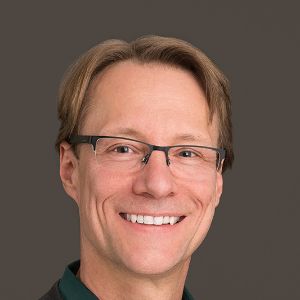
- This event has passed.
Van Tuyl Lecture: Greg Tucker, University of Colorado
February 12, 2024 @ 12:00 pm - 1:00 pm

Van Tuyl Lecture, February 12, 2024, Berthoud 204, 12-1pm
Greg Tucker, University of Colorado
Community Resources for Modeling Earth’s Dynamic Surface
Abstract: Computer simulations of earth’s geomorphic and sedimentary processes provide valuable insight into how landscapes, seascapes, and depositional basins evolve. Simulation models embody quantitative concepts about how geologic systems work, and as “living hypotheses” they enable idea exploration and experimentation with systems that are too big or too slow or too powerful to fit in a laboratory. But computer modeling has its own challenges. Modeling software has all too often been idiosyncratic, poorly documented, and hard to use, modify, or integrate with other analyses. To overcome such barriers, a group of earth-surface scientists came together in 2007 to establish a unique NSF-supported national program: the Community Surface Dynamics Modeling System (CSDMS). This talk reviews the story behind CSDMS and the resources it provides to help researchers study earth’s dynamic surface. Today’s CSDMS provides support for community engagement, computing tools and software, and educational resources. A variety of examples illustrate CSDMS applications and capabilities. One example in particular uses a multi-model ensemble approach to explore long-term erosion at a site containing buried hazardous waste. More information about CSDMS and the resources it offers can be found at https://csdms.colorado.edu.
This lecture is scheduled in a hybrid format. If you would like to join the meeting please:
Join from PC, Mac, Linux, iOS or Android: https://mines.zoom.us/j/93893788106?pwd=V1pvc3NXMWF6M28yYktFOVppdWZKdz09
Meeting ID: 938 9378 8106
Password: 490450
Food/ Refreshments will be served.